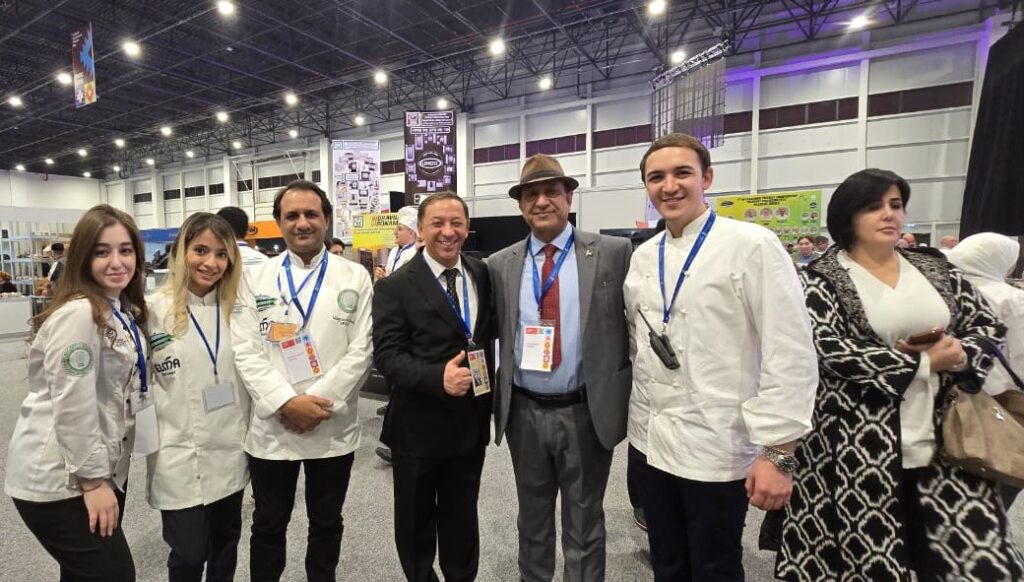Pakistan on Friday said tariff agreement with the US has opened new avenues for Pakistani exports.
Announcing the successful conclusion of tariff-related discussions with the United States, a statement released by the Finance Ministry on Friday stated that a tariff of nineteen percent will be applicable for Pakistani exports to the US market.
The finance ministry noted that this decision reflects a balanced and forward-looking approach by the US authorities, keeping Pakistan competitive relative to other South and Southeast Asian countries. In particular, this tariff level is expected to support Pakistan’s export potential, especially in key sectors such as textiles, which remain the backbone of the country’s export economy.
The ministry of finance, in close coordination with relevant stakeholders, believes that the current tariff arrangement presents a significant opportunity to expand Pakistan’s footprint in the US market.
The finance ministry also said that it is now essential for Pakistani exporters and trade bodies to adopt an aggressive and focused marketing strategy to capitalise on this development.
The finance ministry emphasised that in addition to textiles, there is substantial potential for growth in other sectors, and the government is committed to facilitating exporters through policy support, market intelligence and trade promotion initiatives.
The finance ministry expressed Pakistan’s keen interest in furthering positive engagement and close cooperation with the United States in the areas of investment, artificial intelligence, cryptocurrency, mines & minerals, energy, and other emerging sectors. It stated Pakistan will continue to engage closely with President Trump and the U.S. administration to promote the shared goals of economic development and mutual prosperity.
Global markets reeled Friday from President Donald Trump’s tariffs barrage against nearly all US trading partners as governments looked down the barrel of a seven day deadline before higher duties take effect.
Trump announced late Thursday that dozens of economies, including the European Union, will face new tariff rates of between 10 and 41 percent.
However, implementation will be on August 7 rather than Friday as previously announced, the White House said. This gives governments a window to rush to strike bilateral deals with Washington setting more favorable conditions.
Neighboring Canada, one of the biggest US trade partners, was hit with 35 percent levies, up from 25 percent, effective Friday — but with current exemptions remaining in place.
The tariffs are a demonstration of raw economic power that Trump sees putting US exporters in a stronger position while encouraging domestic manufacturing by keeping out foreign imports.
But the muscular approach has raised fears of inflation and other economic fallout in the world’s biggest economy.
Stock markets in Hong Kong and London slumped as they digested the turmoil.
Trump’s actions come as debate rages over how best to steer the US economy, with the Federal Reserve this week deciding to maintain interest rates unchanged, despite massive political pressure from the White House to cut.
Two Fed officials who dissented in Wednesday’s decision warned Friday that the economy was being put at risk.
Data Friday showed US job growth missing expectations for July, while unemployment ticked up to 4.2 percent from 4.1 percent.
– Canada singled out –
Trump raised duties on around 70 economies, from a current 10 percent level imposed in April when he unleashed “reciprocal” tariffs, citing unfair trade practices.
The new, steeper levels listed in an executive order vary by trading partner and go as high as 41 percent.
Any goods “transshipped” through other jurisdictions to avoid US duties would be hit with an additional 40-percent tariff, the order said.
The American leader separately singled out Canada for harsh tariffs.
He had warned of trade consequences for Canada after Prime Minister Mark Carney announced plans to recognize a Palestinian state at the UN General Assembly in September.
Trump’s order cited Canada’s failure to “cooperate in curbing the ongoing flood of fentanyl and other illicit drugs” — although Canada is not a major source of illegal narcotics.
Carney said his government was “disappointed” with the hike.
Trump gave more time to neighbor and major trading partner Mexico, delaying for 90 days a threat to increase tariffs from 25 percent to 30 percent, after holding talks with President Claudia Sheinbaum.
Exemptions remain for a wide range of Canadian and Mexican goods entering the United States under an existing North American trade pact.









